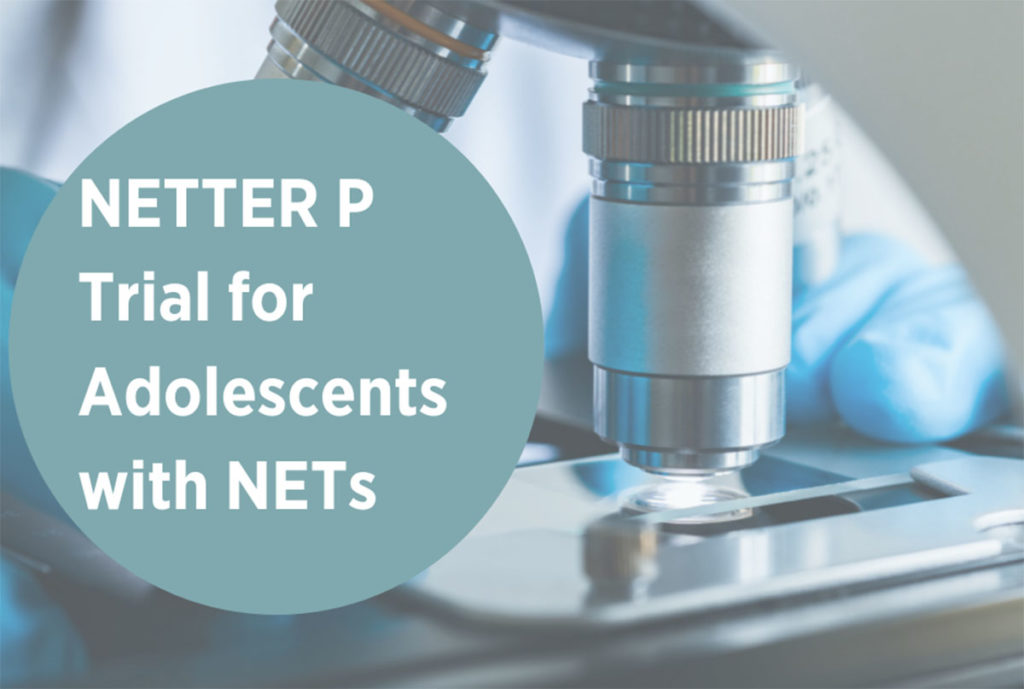
A phase II clinical trial has launched to study Lutathera® in adolescents with gastroenteropancreatic neuroendocrine tumors (GEP-NET), pheochromocyomas and paragangliomas (PPGLs).
The multicenter trial sponsored by Advanced Accelerator Applications will study the safety and dosage of Lutathera (Lutetium [177Lu] oxodotreotide/dotatate) in patients between 12 to 17 years of age with somatostatin receptor-positive GET-NETs and PPGLs.
Study Design
The study will enroll at least 8 adolescent patients who have GEP-NET and as many adolescents as possible with PPGL.
After a screening period, study participants will receive four treatments of Lutathera every 8 weeks. Dosimetry and pharmacokinetic assessments will be performed after the first dose of the study drug to estimate the cumulative absorbed radiation from the treatment period and to make adjustments on subsequent dose levels.
After the treatment period, participants will be followed for five years.
Trial Sites
The following international sites will be participating in the study:
- University of Iowa Carver College of Medicine (US)
- University of Kentucky (US)
- Cincinnati Children’s Hospital (US)
- Children’s Hospital of Philadelphia (US)
- Texas Children’s Hospital (US)
- University Hospital Leuven (Belgium)
- CHU de Québec – Université Laval (Canada)
- Centre Léon Berard (France)
- IEO Istituto Europeo di Oncologia (Italy)
- Barmbin Gesu’ Hospital (Italy)
- Prinses Maaxima, UMC Utrecht (Netherlands)
- Maria Sklodowska-Curie National Research Institute of Oncology (Poland)
- Coimbra Hospital (Portugal)
- Hospital Universitari Vall d’Hebron (Spain)
- University Hospital 12 de Octubre (Spain)
- Karolinska Institutet (Sweden)
- University College Hospital of London (UK)
About the Drug
Lutathera (Lutetium [177Lu] oxodotreotide/dotatate) is a type of peptide receptor radionuclide therapy, or PPRT.
PRRT using Lutetium 177 (Lu-177) dotatate treats NETs by converting a cancer cell’s unique characteristics into a welcome mat for a “Trojan Horse” packed with cancer-killing radiation. This novel approach was approved for use in the United States on January 26, 2018.
(Visit the NETRF website for more information on PRRT, including how PRRT works as well as the risks and benefits of the therapeutic approach.)
Next Steps
Additional information on the study can be found at clinicaltrials.gov. Interested participants should talk to their treatment team about their eligibility and determine if the study is aligned with their treatment goals
